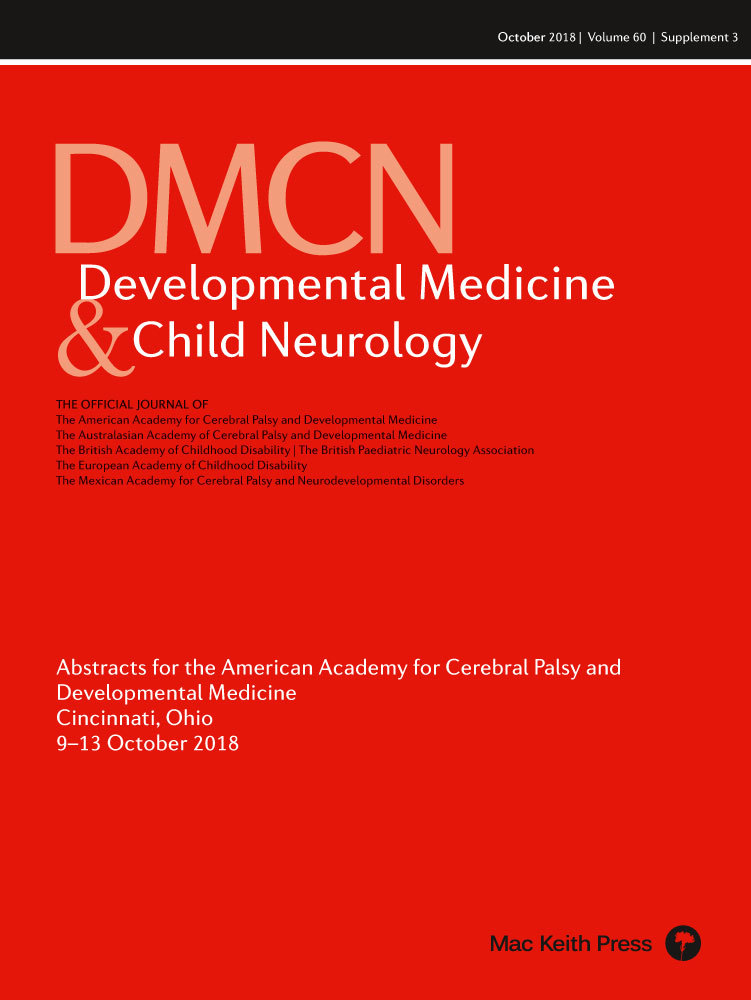Changes in rotational kinematics during gait in children with hemiplegic cerebral palsy following bony realignment or soft tissue lengthening
SP6
K Bigner1, M Garcia2, J McCarthy3, J Long2
1University of Cincinnati, Cincinnati Children's Hospital Medical Center, Cincinnati, OH, USA; 2Cincinnati Children's Hospital Medical Center, Cincinnati, OH, USA; 3University of Cincinnati, Cincinnati, OH, USA
Background and Objective(s): The increased muscle tone associated with hemiplegic cerebral palsy (CP) can lead to unbalanced stress application to the femoral head and acetabulum, resulting in infantile anteversion that fails to resolve [1]. Single event multilevel surgeries (SEMLS) are one approach to address gait in children with hemiplegic CP, and varus derotation osteotomy (VDRO) and/or hamstring lengthening (HL) are commonly involved. Previous research in children with CP has shown that variability in post-operative pelvic rotation is greater in a group undergoing only soft-tissue surgery compared to those who received only VDRO, with post-operative improvement in pelvic rotation observed for both groups [2]. The present study seeks to understand changes in rotational alignment associated with bony and soft tissue surgeries in children with hemiplegic CP.
Study Design: This was a retrospective study of a convenience sample derived from a patient registry, with participants tested in a lab setting in an outpatient treatment facility.
Study Participants & Setting: Participants were required to have a diagnosis of hemiplegic CP with and a history of surgical intervention to address rotational malalignment. Sixteen (16) children with (8M, 8F; age 9.3±3.2 yrs at time of surgery) were identified.
Materials/Methods: All subjects completed pre- and post-operative 3D gait analysis (pre: 7.9±5.0 months pre-op; post, 1.3±0.6 yrs post-op). Participants were stratified based on the nature of the operative intervention (bony realignment group BR, n=5; soft tissue-only group ST, n=11). Some participants underwent additional surgical procedures concurrent with VDRO and/or HL. Rotational kinematics and temporal-spatial metrics were analyzed. Data were compared between groups using unpaired nonparametric methods (Mann-Whitney U) and between visits using paired nonparametric methods (Wilcoxon sign rank). Pelvic rotation angle was analyzed as the overall deviation from neutral (0˚).
Results: Significant differences were found within the ST group following surgery, with average pelvic rotation moving closer to neutral (pre 13.0±11.6°; post 5.9±4.7°). While trends were noted in some other measures, no other significant differences were noted for either rotational or temporal-spatial parameters.
Conclusions/Significance: Both groups demonstrated improvements in pelvic rotation pattern, with the pelvis shifting back toward a neutral alignment. While bony alignment changes are expected in VDRO, the effect of hamstring lengthening is less clear and suggests multilevel factors involving the knee and foot. While only improvements measured in the ST group were statistically significant, the study is limited by its relatively small cohort size. The nature of SEMLS in addressing musculoskeletal deficits is also a confounding factor, as most patients had other procedures performed. Further study in a larger group is warranted.




